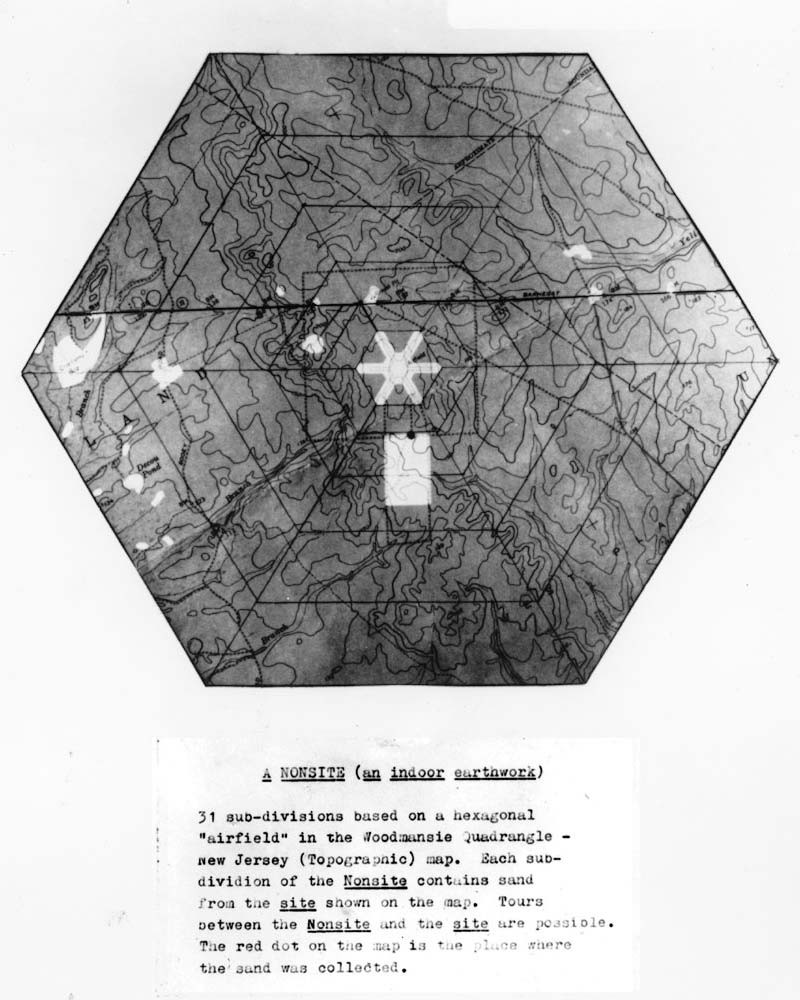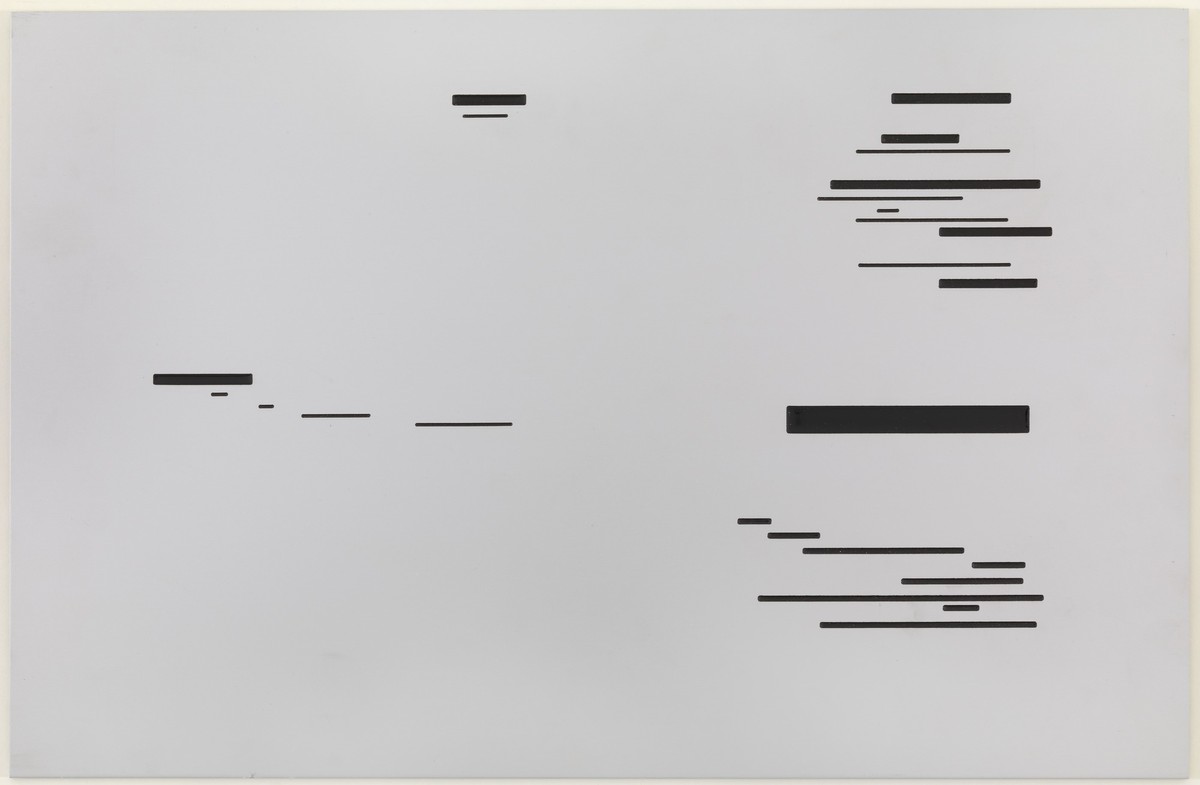syn·site
in Robert Smithson's terms*: (a partially generated and generative theory) The Synsite (an entangled situating) is an inter-dimensional picture that is amorphous, and yet it represents an interweaving of actual and virtual sites (an amalgamation of the Pine Barrens Plains, ML-scene processing, and the hyper-saturated yellow-green of a pool of disintegrated oak pollen, for instance). It is by this inter-dimensional metaphor that one entangled situating can represent another entangled situating, which does not resemble it—thus The Synsite. To comprehend this language of situating is to appreciate the metaphor between the syntactical construct and the complex of ideas, permitting the former to operate as a inter-dimensional picture that doesn't look like a picture. ... Between the actual-virtual sites in their respective planes and The Synsite itself exists a metaphoric space of collapsible significance. Perhaps "travel" through this space is a boundless metaphor. Everything in and between the entangled situatings could transform into physical metaphorical material devoid of natural meanings or realistic assumptions. Let us say that one embarks on many fictitious journeys at once if one decides to seek the site of the Synsite. Each “journey” is invented, devised, artificial; one might call it a syn-trip to a site from a Synsite. Once one arrives at the “assembly,” one discovers that it is man-made in the form of a network, and that she mapped this network in an aesthetic and temporal entanglement rather than specific political or economic boundaries.
This revisited theory is currently collaborative but could be surrendered to the faceless corpus of AGI at any time. Like the sources they scrape, theories are also both used and abandoned. That theories are constant is dubious; that sources are singularly credited is increasingly doubtful. Vanished theories compose the dense data layers of countless LLMs.
in Robert Smithson's terms*: (a partially generated and generative theory) The Synsite (an entangled situating) is an inter-dimensional picture that is amorphous, and yet it represents an interweaving of actual and virtual sites (an amalgamation of the Pine Barrens Plains, ML-scene processing, and the hyper-saturated yellow-green of a pool of disintegrated oak pollen, for instance). It is by this inter-dimensional metaphor that one entangled situating can represent another entangled situating, which does not resemble it—thus The Synsite. To comprehend this language of situating is to appreciate the metaphor between the syntactical construct and the complex of ideas, permitting the former to operate as a inter-dimensional picture that doesn't look like a picture. ... Between the actual-virtual sites in their respective planes and The Synsite itself exists a metaphoric space of collapsible significance. Perhaps "travel" through this space is a boundless metaphor. Everything in and between the entangled situatings could transform into physical metaphorical material devoid of natural meanings or realistic assumptions. Let us say that one embarks on many fictitious journeys at once if one decides to seek the site of the Synsite. Each “journey” is invented, devised, artificial; one might call it a syn-trip to a site from a Synsite. Once one arrives at the “assembly,” one discovers that it is man-made in the form of a network, and that she mapped this network in an aesthetic and temporal entanglement rather than specific political or economic boundaries.
This revisited theory is currently collaborative but could be surrendered to the faceless corpus of AGI at any time. Like the sources they scrape, theories are also both used and abandoned. That theories are constant is dubious; that sources are singularly credited is increasingly doubtful. Vanished theories compose the dense data layers of countless LLMs.
SYN (along with, at the same time | from Greek SYN, with | ~SYNTHETIC) + SITE (N: point of event, occupied space, internet address; V: to place in position | from Latin SITUS, location, idleness, forgetfulness | ~WEBSITE ¬cite ¬sight), cf. SITE/NON-SITE (from Robert Smithson, A PROVISIONAL THEORY OF NONSITES, 1968)



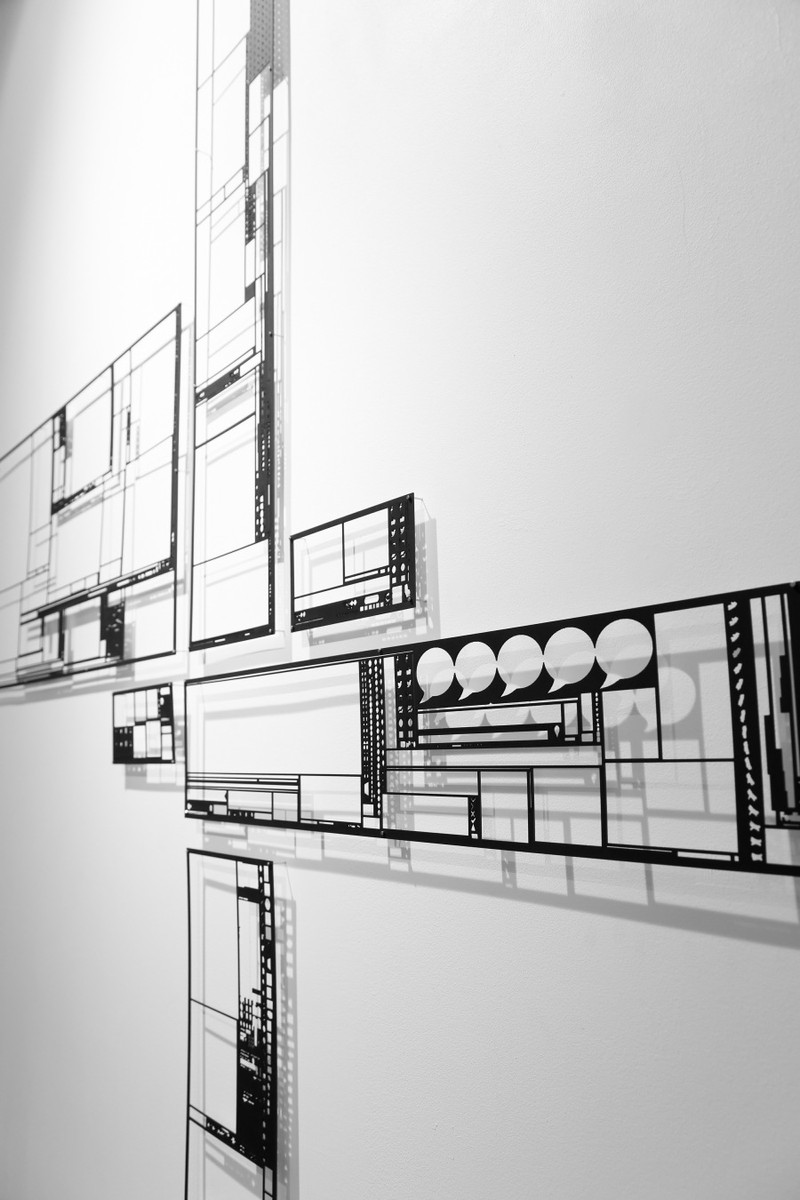


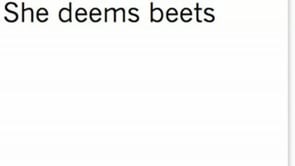


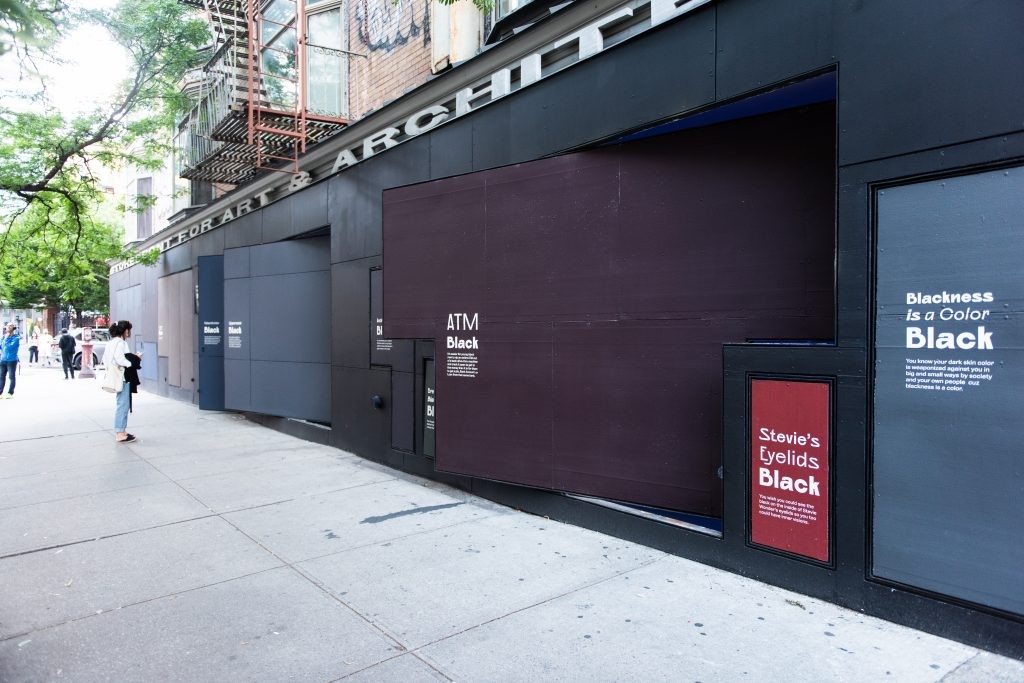





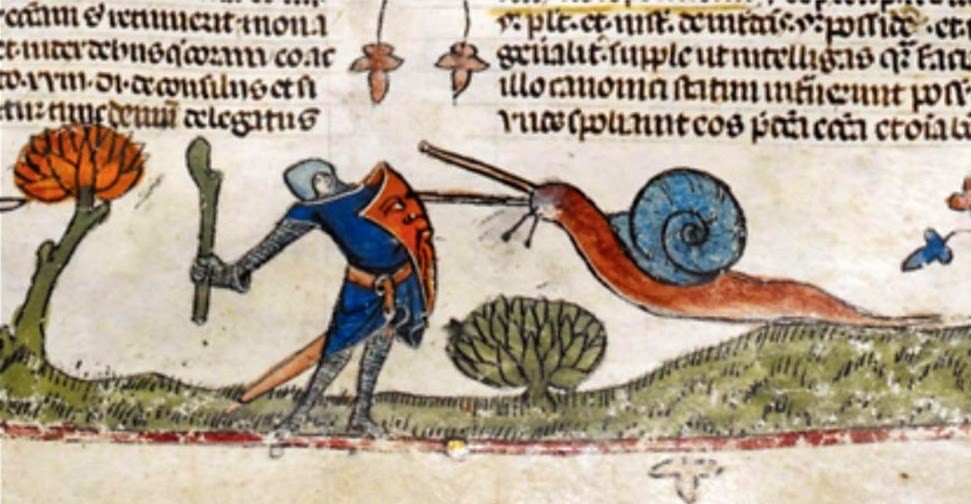


“Other maps are such shapes, with their islands and capes!
But we’ve got our brave Captain to thank”
(So the crew would protest) “that he’s bought us the best ———
A perfect and absolute blank!”
“Other maps are such shapes, with their islands and capes!
But we’ve got our brave Captain to thank”
(So the crew would protest) “that he’s bought us the best ———
A perfect and absolute blank!”
“Other maps are such shapes, with their islands and capes!
But we’ve got our brave Captain to thank”
(So the crew would protest) “that he’s bought us the best ———
A perfect and absolute blank!”
…the only hope is in error because when all the technological systems work—we are lost.
…the only hope is in error because when all the technological systems work—we are lost.
…the only hope is in error because when all the technological systems work—we are lost.
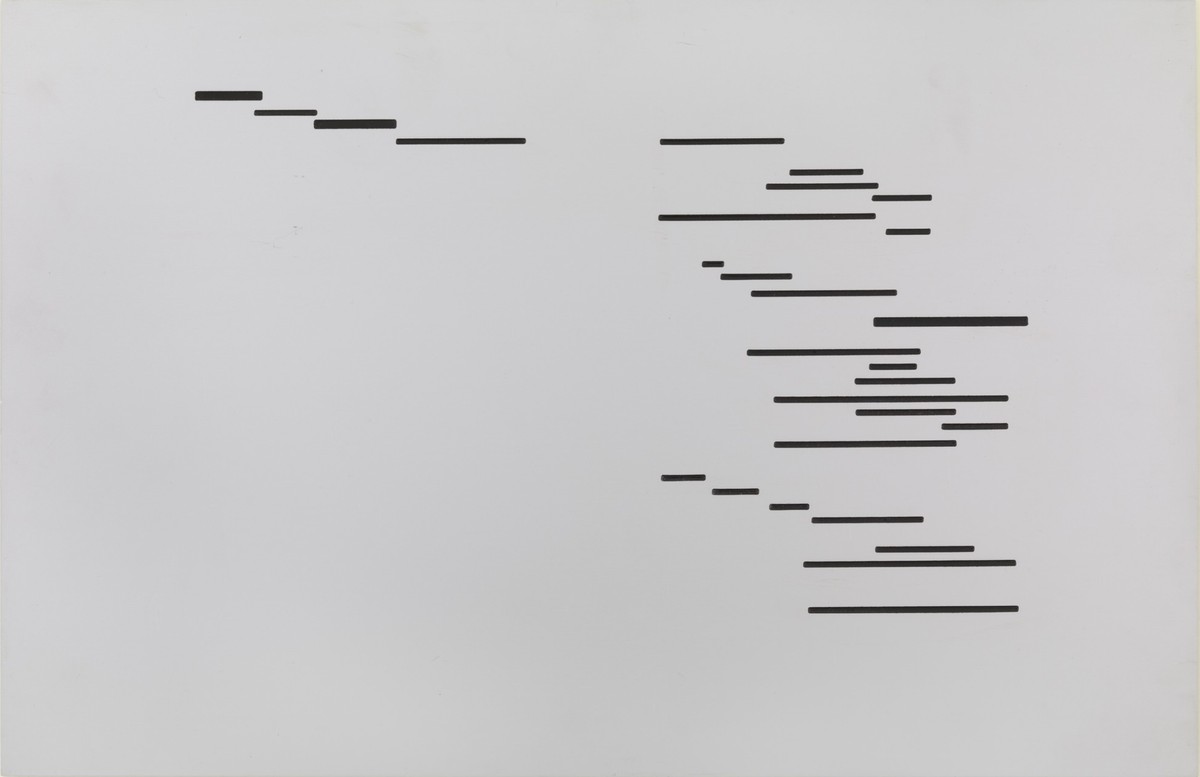








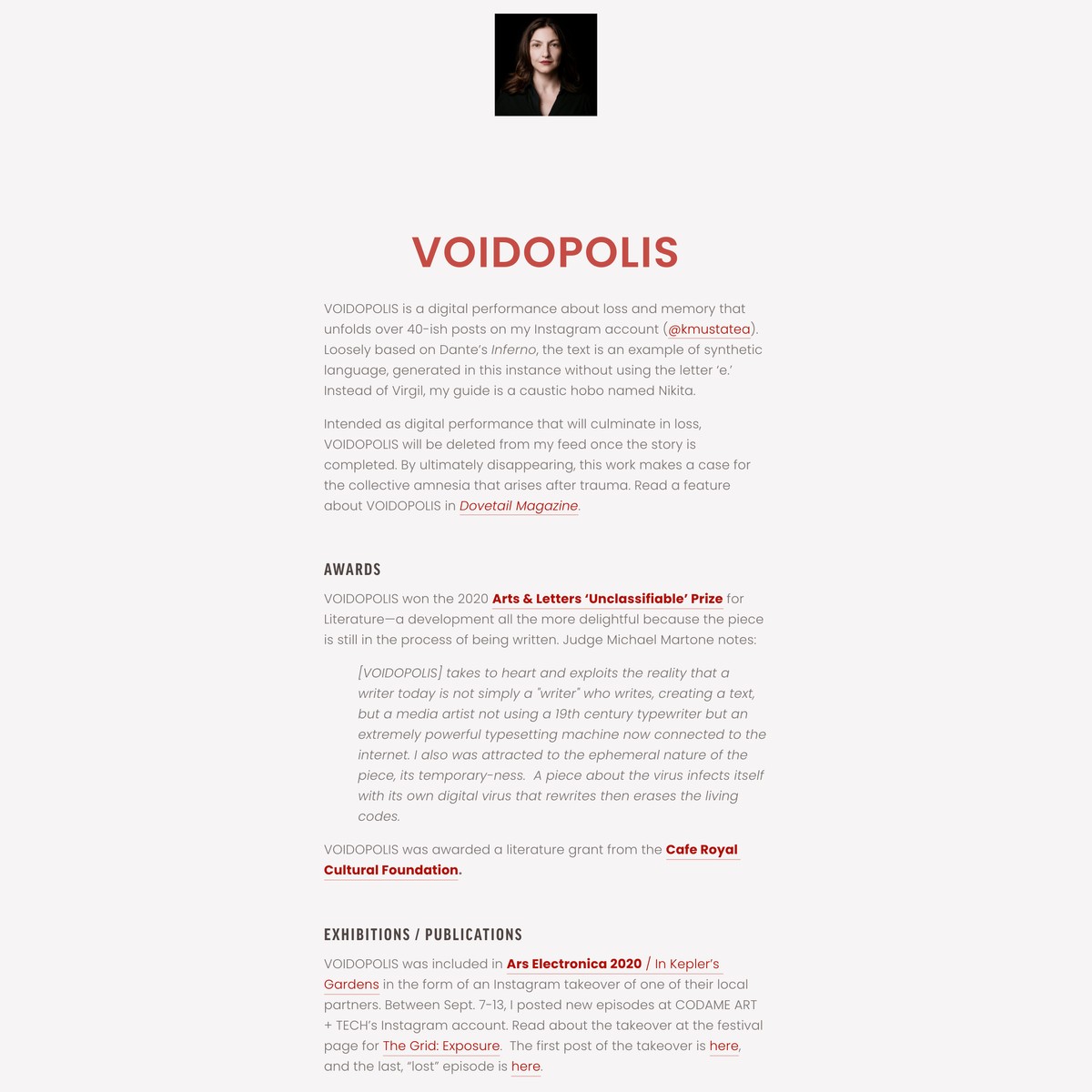


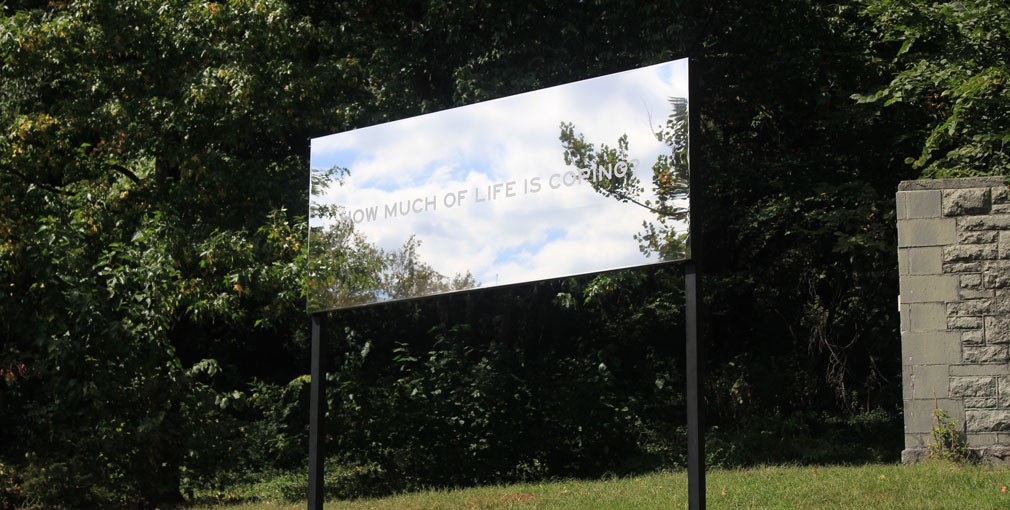


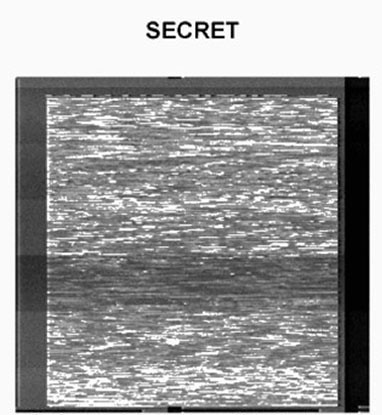





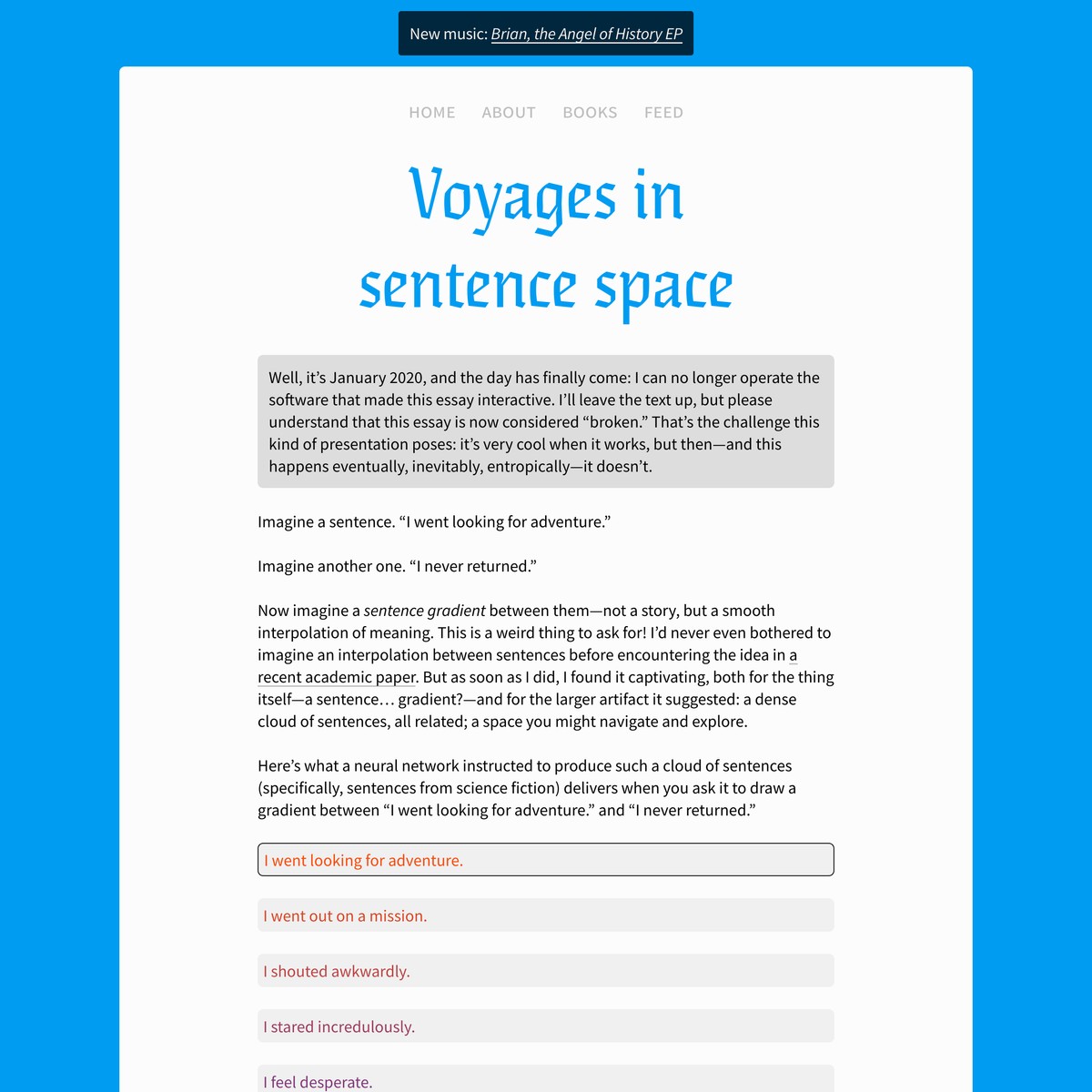








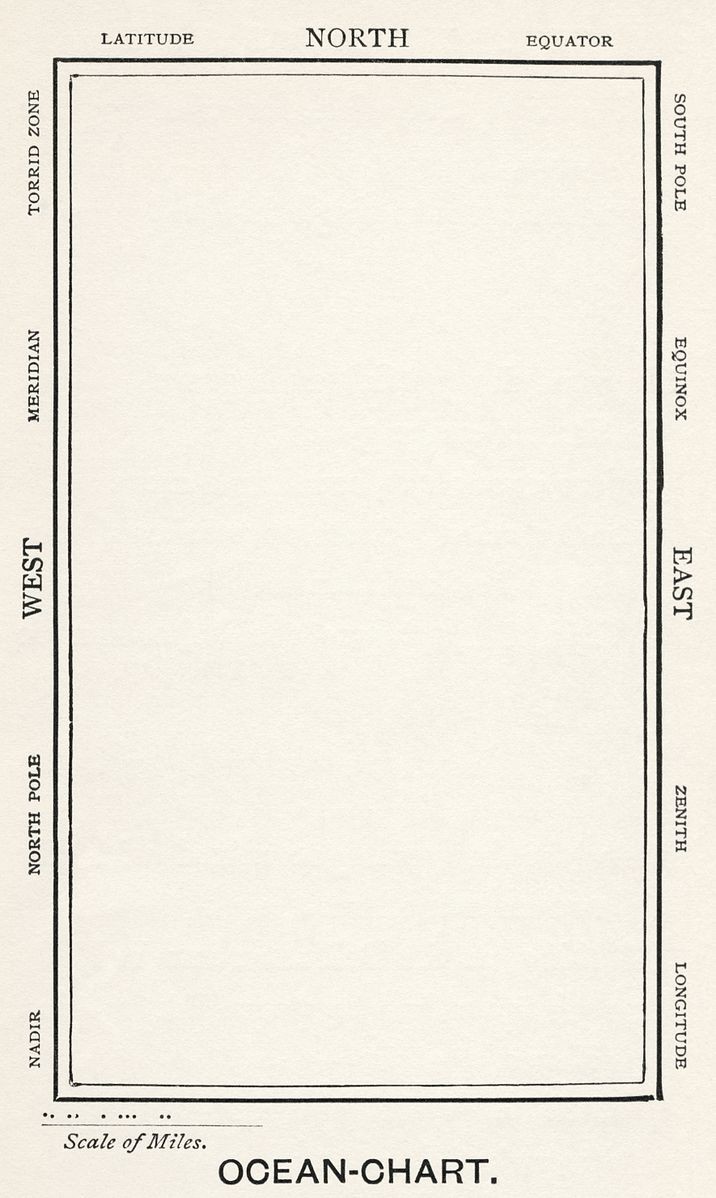


Imagine a sentence. “I went looking for adventure.”
Imagine another one. “I never returned.”
Now imagine a sentence gradient between them—not a story, but a smooth interpolation of meaning. This is a weird thing to ask for! I’d never even bothered to imagine an interpolation between sentences before encountering the idea in a recent academic paper. But as soon as I did, I found it captivating, both for the thing itself—a sentence… gradient?—and for the larger artifact it suggested: a dense cloud of sentences, all related; a space you might navigate and explore.
Imagine a sentence. “I went looking for adventure.”
Imagine another one. “I never returned.”
Now imagine a sentence gradient between them—not a story, but a smooth interpolation of meaning. This is a weird thing to ask for! I’d never even bothered to imagine an interpolation between sentences before encountering the idea in a recent academic paper. But as soon as I did, I found it captivating, both for the thing itself—a sentence… gradient?—and for the larger artifact it suggested: a dense cloud of sentences, all related; a space you might navigate and explore.
Imagine a sentence. “I went looking for adventure.”
Imagine another one. “I never returned.”
Now imagine a sentence gradient between them—not a story, but a smooth interpolation of meaning. This is a weird thing to ask for! I’d never even bothered to imagine an interpolation between sentences before encountering the idea in a recent academic paper. But as soon as I did, I found it captivating, both for the thing itself—a sentence… gradient?—and for the larger artifact it suggested: a dense cloud of sentences, all related; a space you might navigate and explore.
Broodthaers claims and then augments Mallarmé’s poem to produce a new, third body, a field between the works. The whole is without novelty, save the spacing of one’s reading; the blanks, in effect, assume importance. The madness of the “a self-annihilating nothing” prescription. But this was only to be expected, since Broodthaers was an imitation artist. It may be that the supreme triumph of such advanced art is to cast doubt on its own validity, mixing a deep scandalous laughter with the religious spirit. There’s a violence in this turn, the same violence that attends graffiti: Don’t think, look!
Broodthaers claims and then augments Mallarmé’s poem to produce a new, third body, a field between the works. The whole is without novelty, save the spacing of one’s reading; the blanks, in effect, assume importance. The madness of the “a self-annihilating nothing” prescription. But this was only to be expected, since Broodthaers was an imitation artist. It may be that the supreme triumph of such advanced art is to cast doubt on its own validity, mixing a deep scandalous laughter with the religious spirit. There’s a violence in this turn, the same violence that attends graffiti: Don’t think, look!
Broodthaers claims and then augments Mallarmé’s poem to produce a new, third body, a field between the works. The whole is without novelty, save the spacing of one’s reading; the blanks, in effect, assume importance. The madness of the “a self-annihilating nothing” prescription. But this was only to be expected, since Broodthaers was an imitation artist. It may be that the supreme triumph of such advanced art is to cast doubt on its own validity, mixing a deep scandalous laughter with the religious spirit. There’s a violence in this turn, the same violence that attends graffiti: Don’t think, look!
